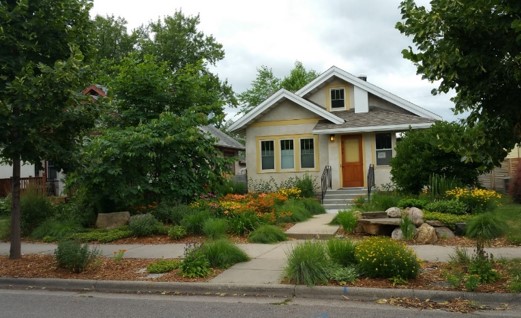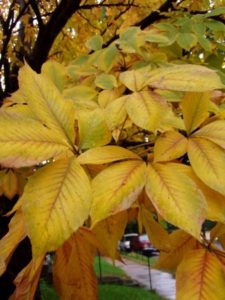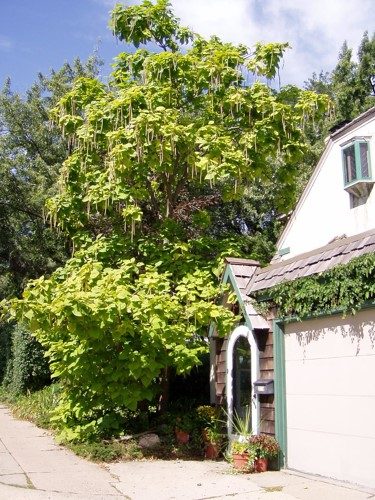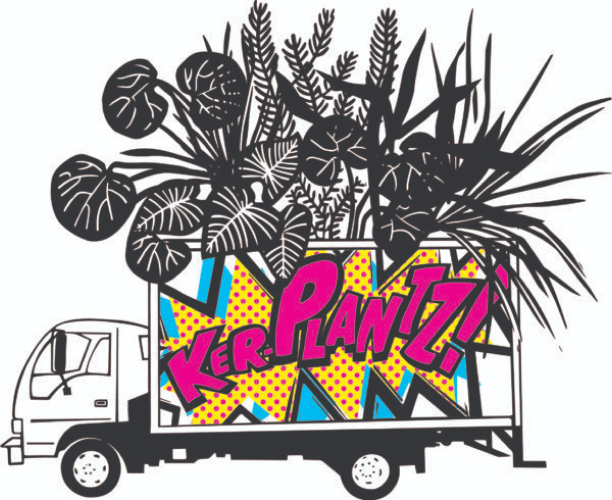
Planting for Diversity (30/20/10 Rule)
Diversity is the most important thing to remember when selecting trees for your landscape.
After Dutch Elm laid waste to the urban forest in the 1970s, city’s and homeowners made the mistake of eagerly planting a very limited number of tree species. They filled our neighborhoods with the fastest growing trees they could find –silver maple (Acer saccharinum) and green ash (Fraxinus pennsylvanica) were the two most popular. The ash was such a popular tree that some nurseries tree stock included over 40% ash trees. Many developments were over 30-40% ash trees. This laid the foundation for the devastating effect Emerald Ash Borer has had.
Cities now advocate for new plantings to follow the 30/20/10 rule. The goal is for your local tree canopy to not include more than 30% of any give plant family, 20% of any given plant species and not more than 10% of any variety.
Common tree families include –Rosaceae–the Rose Family (crab apple, serviceberry, mountain ash, fruit trees), Aceraceae (maples), Fagaceae (oaks), Fabaceae (red bud, honey locust). Unfortunately, the mistakes of the past are being repeated –‘Autumn Blaze’ maple dominates tree purchases in Minnesota.
Field recommends that client first choose trees from less represented plant families and genera when possible. Oaks are always a good choice (swamp white oak, red oak, pin oak). Trees in the pea family are good (Amur maackia, red bud, Kentucky coffee). But how about the Adoxeaefamily (Nannyberry viburnum) or Rutaceae (wafer ash) or Sapindaceae (buckeye) or Bignoniaceae (catalpa)? Focusing on diversity when selecting a tree can be a fun way to discover plants you might not have thought about.
…Learn more about Arbor Day Week at Field!








